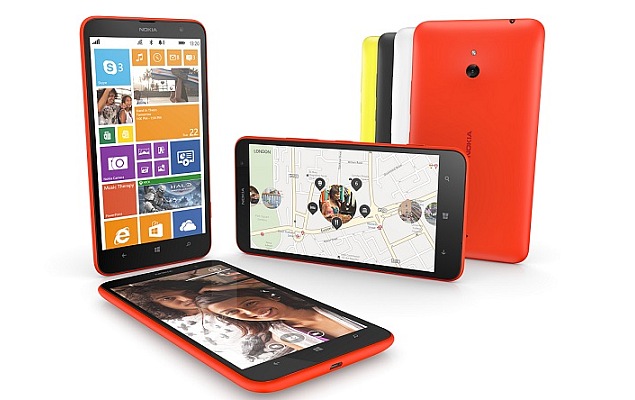A new set of slides coming from Microsoft’s WinHEC event in Shenzen has revealed the minimum hardware requirements for both desktop and mobile phones to run Windows 10. The slides also detail the upgrade paths for different desktop and mobile OSes. The news is especially relevant to the public now that Microsoft has revealed that users of non-genuine Windows copies can also upgrade to Windows 10 for free.
Microsoft’s slideshow from the WinHEC event shows the firm stipulating stricter guidelines to run Windows 10 for mobile phones than for desktops.
The presentation (via Venture Beat), named “Minimum System HW Requirements & Compatibility for Windows Platforms”, states the screen size, RAM, storage, graphics and firmware mentioned to run Windows 10. For PCs, the OS would need the UEFI 2.3.1 firmware, a minimum screen resolution of 800×600 pixels, and DirectX 9 graphics. For 64-bit PCs, Microsoft specifies a minimum of 2GB of RAM and 20GB of storage. For 32-bit PCs on the other hand, Microsoft specifies a minimum of 1GB of RAM and 16GB of storage. The firm also specifies that for tablets, required buttons are power and volume up/ down, while Start and rotational lock buttons are optional.
(Also see: Run Pirated Windows? Even You’ll Get Windows 10 for Free, Says Microsoft)
As for mobile devices, the devices would need the same firmware version and graphics as detailed for desktops. The minimum memory requirement however, depends on the screen resolution of the device. Supporting screen sizes ranging from 3-inch to 7.99-inch, the Windows 10 for phones will need a minimum of 512MB of RAM for FWVGA (854×480 pixels) and WVGA (800×480 pixels) resolution devices; 1GB of RAM for WSVGA (1024×600 pixels) devices, HD (1280×720 pixels), WXGA (1366×768 pixles), and qHD (960×540 pixels) devices; 2GB of RAM for full-HD (1920×1080 pixels), WUXGA (1920×1200 pixels), and WSXGA (1440×900 pixels) devices; 3GB of RAM for WQXGA (2560×1600 pixels) and QWXGA (2048×1152 pixels) devices, and finally 4GB of RAM for QSZGA (2560×2048 pixels) resolution devices.
Also, a minimum of 4GB of inbuilt storage is required for phones, and for handsets with this base spec an SD card slot will be required to support updates. Windows 10 for phones also requires power and volume up/ down buttons, while for phones with a WVGA display, Start, back, and search buttons are also required.
Optional components and connectivity requirements for both the mobile devices and desktops have also been highlighted in the slides. Most of the components, like cellular radio, audio, connectors, wireless, sensors, notifications, touch and buttons, are “optional” for desktops. Mobile devices however, have stricter guidelines. Overall however, Microsoft appears to have kept the similar requirements as those detailed for earlier Windows iterations.
As for the upgrade paths, a separate “Upgrading to Windows 10” pptx file details how Microsoft will allow upgrades for mobile devices and desktops to Windows 10. As per the table, Windows 7 RTM, Windows 8, and Windows 8.1 RTM OSes can be only updated via the media (iso image), while Windows 7 SP1 and Windows 8.1 S14 can be updated to Windows 10 both via media and Windows Update. Also, Windows Phone 8.1 will be updated via Windows Update only, while Windows Phone 8 users will first be required to upgrade to Windows Phone 8.1. Although Windows RT is seen without any upgrade path, Microsoft has previously said that it is planning a different update for the almost-dead OS.
